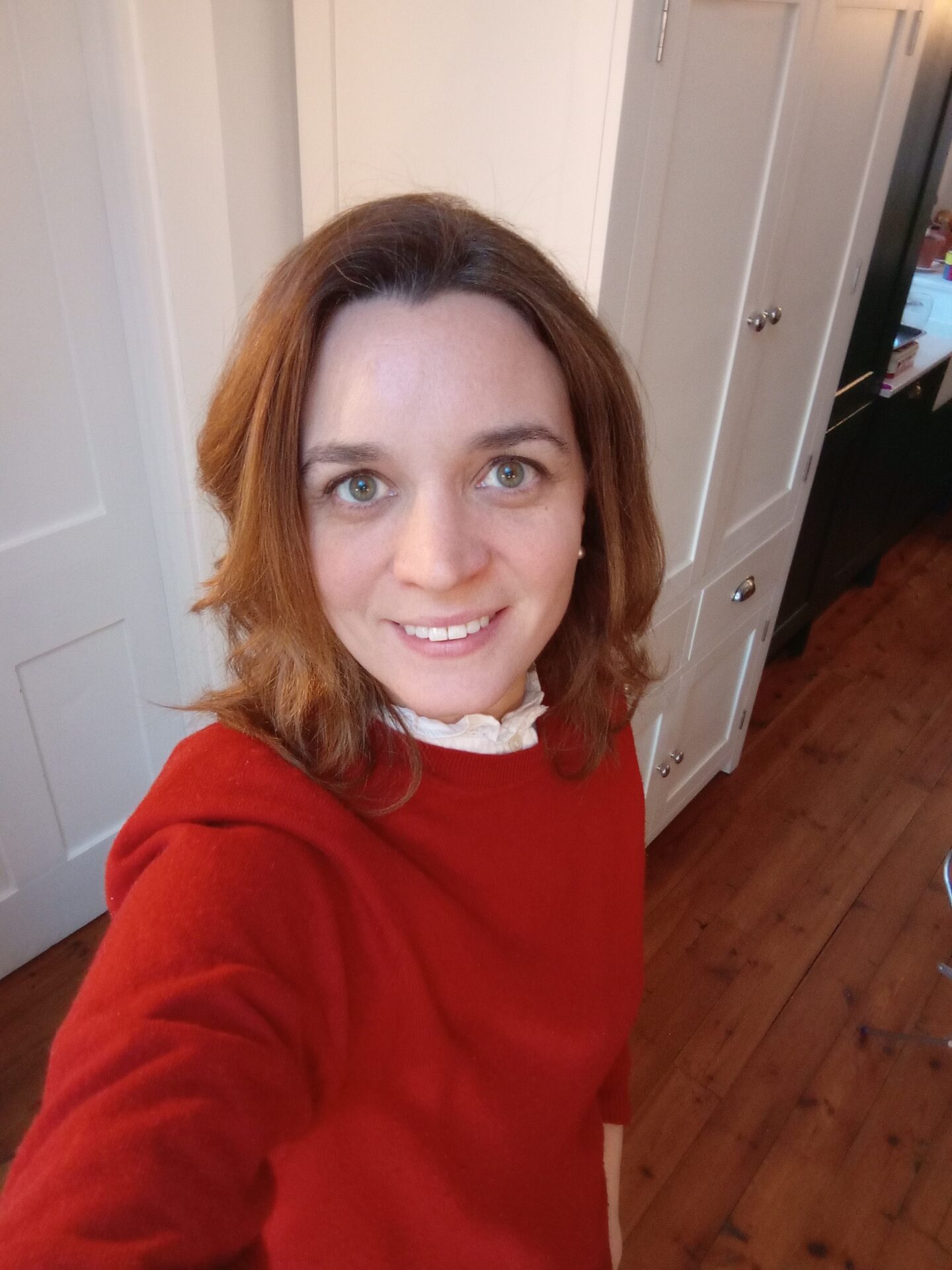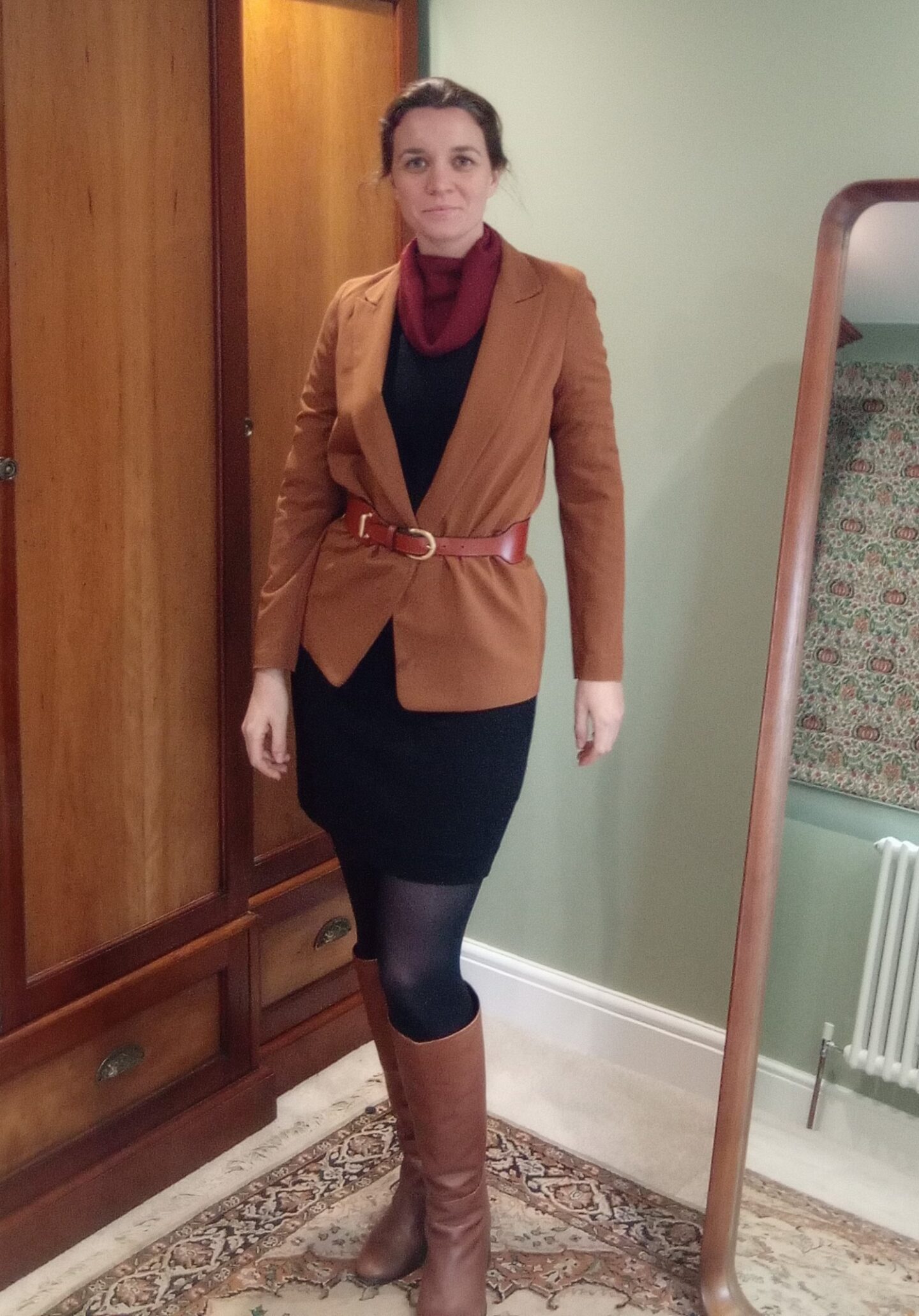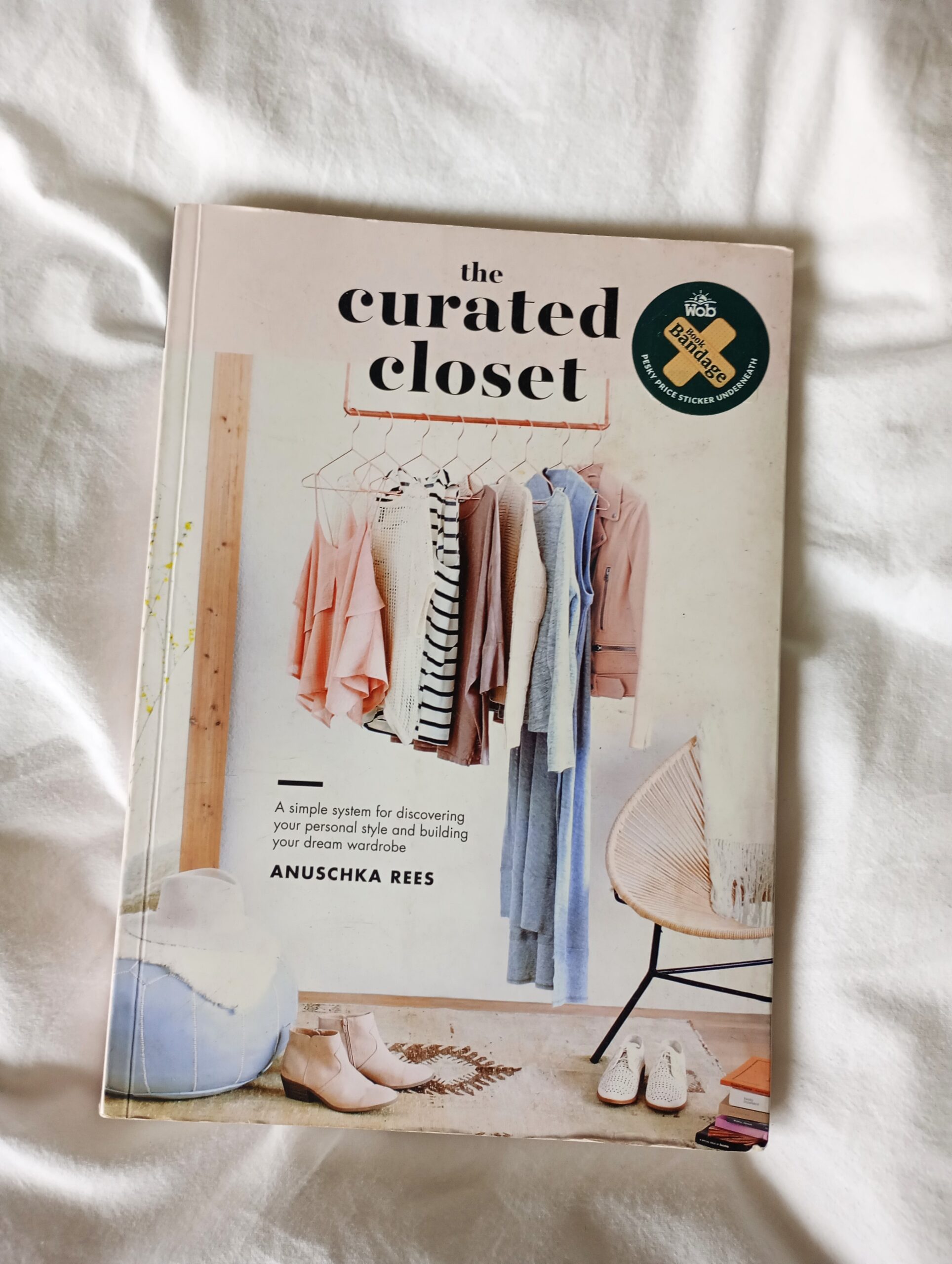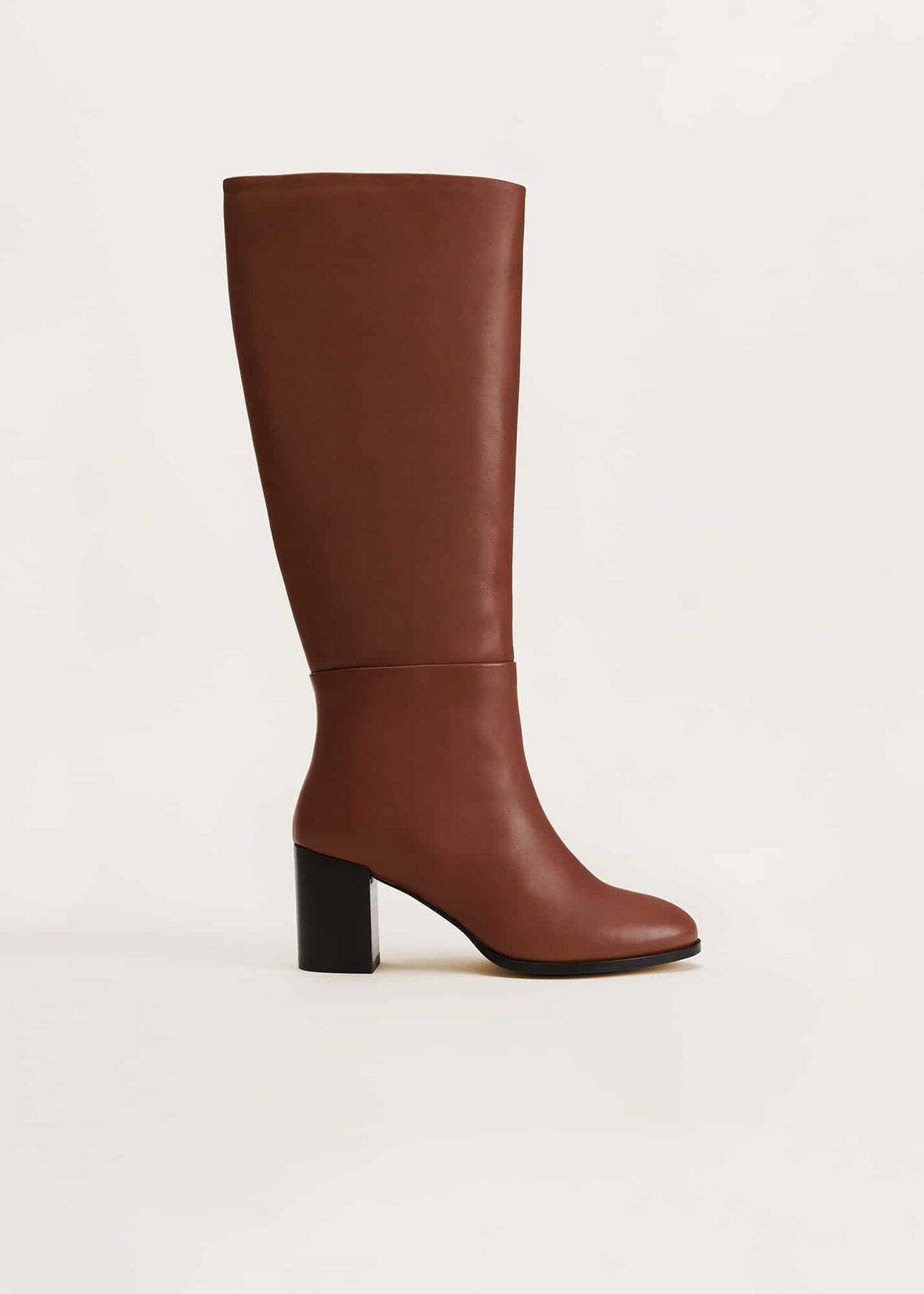
I honestly never thought I’d be writing this post. What can I possibly have to say about style that anyone would want to read? That is why I am so excited about sharing this with you because it marks a real turning point, not just in what I wear or buy, but in how I feel when I look at myself and my body. If you’re ready to find your style, this is the place to start!
Get (Re)Educated
There is so much information about there about style, clothing and body type, and a lot of it is subtly but overwhelmingly negative. I didn’t want to start this new year criticising my body and why I didn’t look good in current trends or feeling despondent because my body isn’t the right body for the types of clothes I wanted to wear or the personality I wanted to project through my clothing.
It’s a lot to unpick and I would urge you to speak to a professional therapist if you have serious issues around body weight, body image or anything else.
First, I had to get out from under the damaging rhetoric ‘you need to look like a not-too-tall, not-too-short, trim, toned hourglass with the following measurements. If you can’t achieve that, be as thin and glossy as possible’. That is a lifelong message that most of us with an interest in fashion/style/clothing will have seen and internalised and now, at 35, I am rejecting it. Sure there may be elements of my body I like more or less (often that goes hand in hand with how my mood is, whether I’m ill or where I am in my monthly cycle), but overall it’s a good body, it’s mine, I try to take care of it and I have to dress it, so I might as well enjoy it!
Despite all that, I do still love to read and research – fall down the rabbit hole if you will – of any topic that interest me, and style and clothing is no different. As such, I’ve drawn on a variety of sources that take the projection of ones own personality and style preferences as a basis for guidance, rather than those that rely on a prescriptive list of body characteristics and clothing types.
Find Your Style Not A Style
How could I get away from the temptation to just copy someone else who looked good and hope it worked on me too?
First, I bought The Curated Closet on a recommendation. I reached out on an online forum for help defining my style because I felt that the usual recommendations of what suits a pear shape made me feel like I was dressing up in someone else’s clothes – in theory they ought to work, but in practise they never quite did. I was directed to Anuschka Rees’s book and I was sceptical. I’d read so much over the years, always coming back to the same place: I just didn’t have the right body to dress the way I wanted. Occasionwear was the only thing I ever felt comfortable buying and with a penchant for vegetable growing and a toddler to chase after, my evening dresses and heels weren’t being called into action very often!
Once I started reading it, my eyes were opened. In particular I knew I’d found the right book when Rees stated that the book would not contain a list of what to buy, nor was it guidance as to what was flattering for a particular body – as she astutely noted, in fashion terms this almost always means ‘thinner’.
The book touches on areas that highlighted why getting dressed and feeling good, let alone shopping for new things, had become a constant source of disappointment. The more I searched for someone to emulate, the less I felt connected to what suited me. Was I destined to always look or feel like I was playing dress up?
Defining Not Limiting
One of the things the Rees’s book showed me is that defining my style didn’t mean limiting it. If I really loved something, not just objectively but on my body, I could find a way to integrate it into my wardrobe. This is where I came across David Kibbe and the Kibbe ID system. Developed by Kibbe in the 1980s, it is a bit of a mysterious concept but rather than be put off by that, I felt that it would allow me to analyse myself and define the ‘essence’ my body projected. To do so, I had to be objective, not biased by thoughts of big bums, a bony chest, long arms or anything else. This system is not designed to point out flaws and hide them, or put one body type on a pedestal while giving ideas as to how everyone else can look similar. What I have taken from it so far is that it enables me to neither conceal nor over-emphasise the characteristics of my physique but allow my clothes to reflect the visual impact of my frame and structure.
If that all sounds a bit crazy or a bit complicated, bear with me. For example, in many/most guidelines for body type and styling, if you have wide hips and a small bust you will be encouraged to emphasise your top half and minimise your bottom half to create the illusion of balance. With the Kibbe system every body is ‘balanced’. That is to say if your body gives the appearance of being curvy, allow your clothes to show that, but there is no need to make one part bigger or smaller to do so. If you look straighter and more angular, it is natural that your styling will show that. Each element of your body is created to work together as it is and your clothes should reflect and refine that, not obscure or deflect.
What Next?
In my next post I’m looking forward to sharing with you some of the outcomes from working through The Curated Closet (there is also a workbook to guide you through the steps if you want to do this yourself). I highly recommended starting here whether you’ve always been interested in fashion and style, have experienced a big life change and feel your old style no longer works or want to find your style and look at your body and your clothes from a more individual and positive perspective. Rees’ text is a really great antidote to historical approaches to women’s style and body image.

Another thing I’ve found helpful is to read other style blogs, not just those who have a style that I identify with but those that demonstrate the concept of showcasing your personality and your unique physical characteristics through clothing.
Shop the Look
Please note, this feature may contain affiliate links.
I really like Blue Collar Red Lipstick. She has a really strong sense of personal style and discusses the ‘avatars’ she has created for herself to reflect contrasting styles. I’ve also browsed Midlifechic – The thinking woman’s style blog quite often. Although she states her blog is aimed at an older demographic/in a different phase of life than I currently am, the ideas translate – it’s easy to lose your style if you’ve also lost your sense of self, but ages and stages are no barrier to feeling and looking great. For a bit of aspirational dressing, STACIE FLINNER – New England Living & Timeless Style nails it for me. There are elements of her style that wouldn’t work for me and I need a little more functionality in my wardrobe than some of the outfits she wears, but I enjoy seeing the attention to detail in each outfit, whether that’s a walk on the beach, a holiday, or a trip to get coffee around town.

So that’s it for phase one, as you can see from the photo above, I’ve started putting together an outfit from my existing wardrobe that reflects my style preferences as well as my self-analysed Kibbe ID (more on that in the next post). I’d love to hear from you if you’re starting your own style journey or about anything you’d like to see covered in my posts on style in the future. For more insights into my wardrobe, check out my post on wearing and using orange. See you next time!
